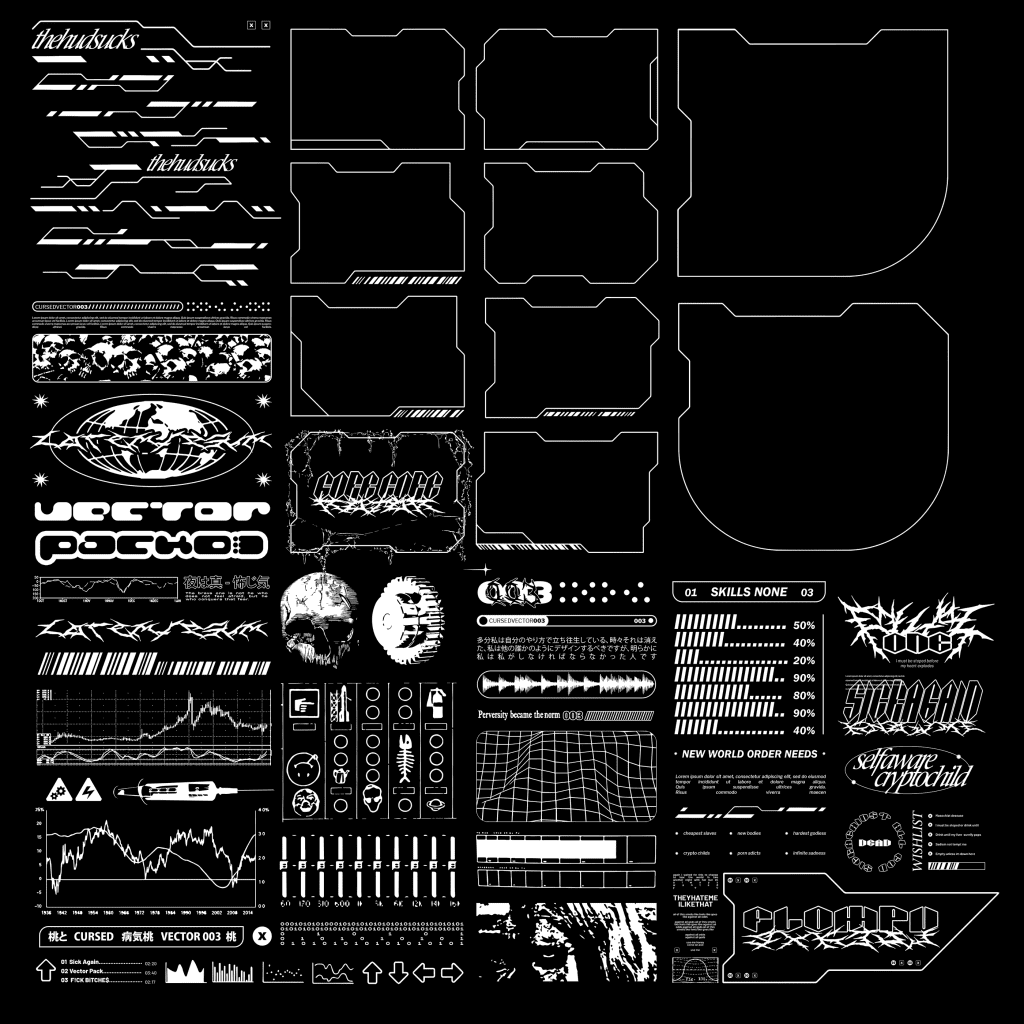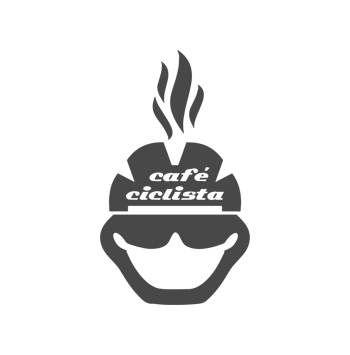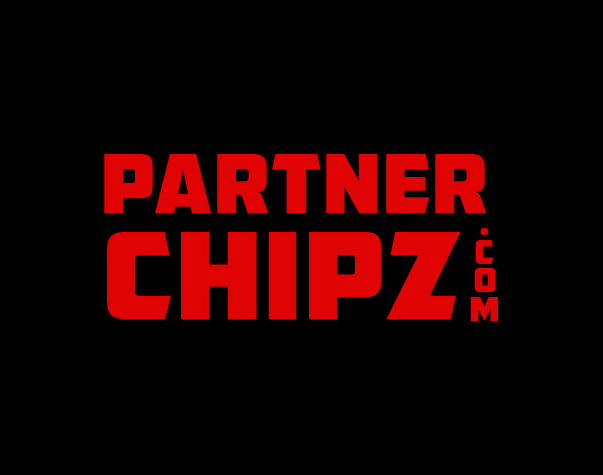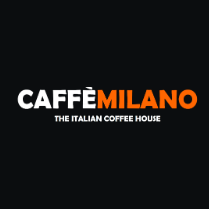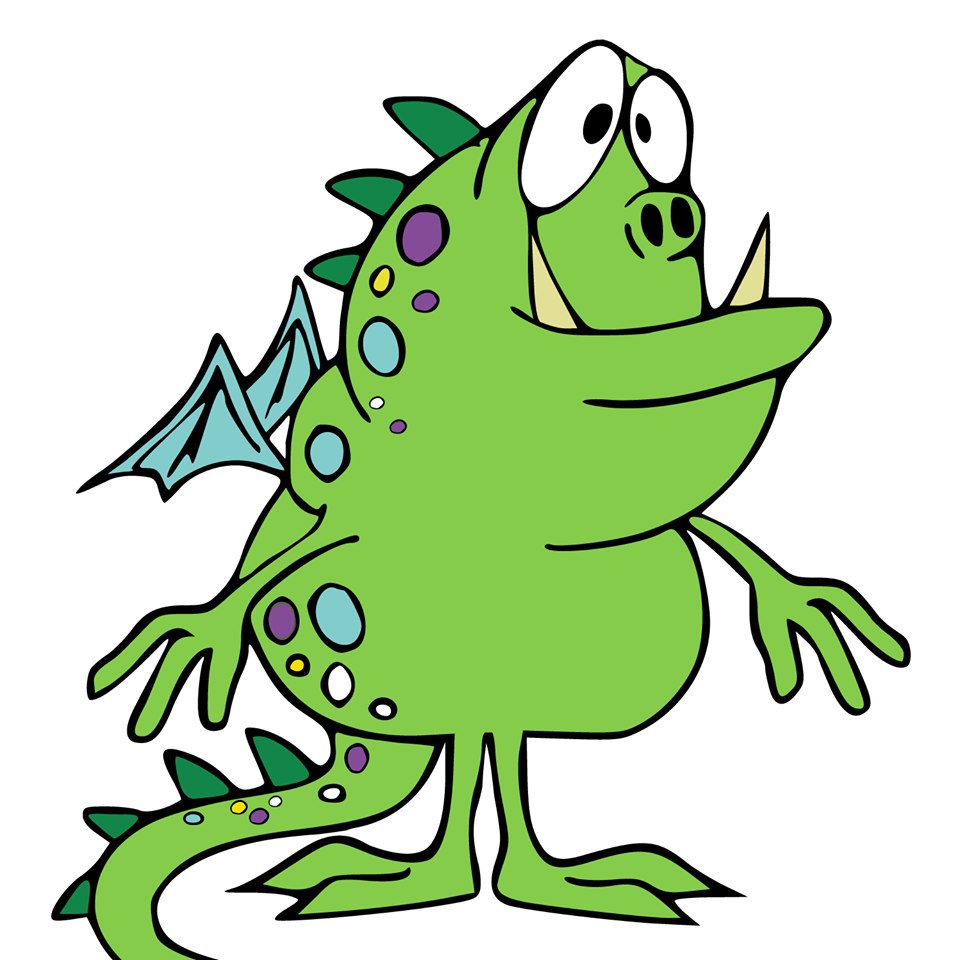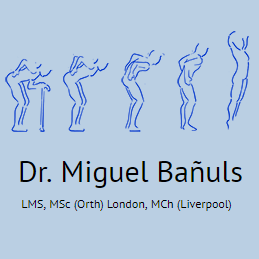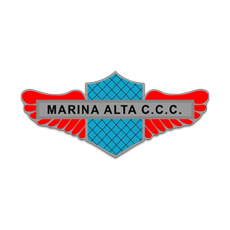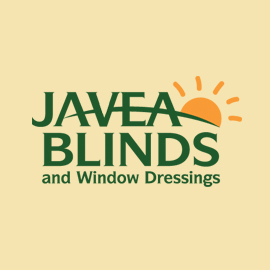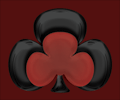Free graphic design assets are invaluable tools for designers and creatives who seek to elevate their projects without straining their budgets. The internet is awash with platforms dedicated to providing high-quality and free design resources that facilitate creativity and innovation. From stunning vector graphics to unique typography, these assets allow you to download graphic design resources effortlessly, enabling you to focus on what you do best—creating. Not only do these free design tools save money, but they also help meet tight deadlines, making them essential for both seasoned professionals and budding designers. Explore how leveraging free design assets can enhance your workflows and unlock limitless creative potential.
When it comes to sourcing design materials, finding free creative resources can significantly enhance the quality of your projects. Graphic design websites abound with diverse options, offering everything from illustrations to templates ready for immediate use. These free design materials can ease the burden of costly subscriptions, providing an array of design assets free of charge. Using such resources empowers designers to experiment and expand their creative boundaries, all while maintaining a budget-friendly approach. Discover how these invaluable assets play a critical role in the modern design landscape.
Why Free Design Resources Matter
In the ever-evolving world of graphic design, accessibility to quality resources is paramount. The 2024 Design Resource Survey reveals that over 72% of professional designers depend heavily on free graphic design assets. These resources offer critical advantages: they empower designers to experiment with fresh styles without any financial burden and facilitate the quick turnaround of projects under tight deadlines. Each designer, regardless of experience, can acquire impressive materials to build a professional portfolio while adhering to budget constraints.
Furthermore, even seasoned design studios harness the power of quality pre-made assets. This trend is reflected in the Global Design Index, which reports a 34% increase in the number of new designers since 2021. It’s clear that the availability of free design resources not only democratizes access but also fuels innovation within the creative community, making graphic design more inclusive than ever.
Essential Considerations When Using Free Resources
Navigating the wealth of free graphic design assets requires careful consideration. Since license terms can vary dramatically from site to site, and even among different assets on the same platform, it’s crucial for designers to read the terms of use thoroughly. Some resources may necessitate attribution in commercial projects, while others may allow unrestricted usage.
Moreover, the quality of assets can fluctuate significantly among websites, with some offering highly professional-grade materials while others fall short. Designers should also note the file formats available; for instance, vector files often provide greater flexibility compared to raster images. By being aware of these factors, designers can maximize the effectiveness of free resources while minimizing potential legal pitfalls.
1. Freepik
When it comes to sourcing free graphic design assets, Freepik stands as a powerhouse in the industry. With a staggering repository of over 25 million resources, designers have access to a diverse array of vectors, icons, and photographs. Notably, around 8 million items are completely free, provided proper attribution is given. Freepik is also celebrated for its regular updates, adding about 20,000 new free resources every month, thus ensuring that users are always aligned with the latest design trends.
Designers frequently rely on Freepik for its high-quality vector illustrations and expansive icon collections, which are sorted by theme and style. The platform serves as an invaluable resource for graphic design projects ranging from simple digital art to complex branding initiatives, making it a go-to site for many.
2. Unsplash
While Unsplash is predominantly known for its stunning photography, it has swiftly become an indispensable resource for graphic designers seeking high-quality images. With over 4 million free photos contributed by a global community of over 300,000 photographers, designers find an abundance of visually striking imagery to enhance their work. One remarkable feature of Unsplash is its commercial usage policy, which permits the use of images without attribution—a significant benefit for commercial projects.
The quality of imagery on Unsplash is unparalleled, often competing with higher-priced stock photography sites. Its user-friendly search tools also allow designers to discover specific visuals that align perfectly with their creative visions.
3. FontSquirrel
Typography is vital to any design project, and FontSquirrel provides one of the most respected collections of free fonts that are cleared for commercial use. Unlike many other font repositories that often feature illegitimate licenses, FontSquirrel meticulously curates and manually checks each submission to guarantee legality. Designers can explore an extensive selection of high-quality fonts without the fear of copyright infringement.
Well-organized by categories, FontSquirrel makes it easy for designers to find the perfect typefaces for their specific needs. The platform not only supports creativity but also fosters professional growth by ensuring that typography remains accessible.
4. Creative Market Free Goods
Creative Market takes a unique approach by offering a rotating selection of free graphic design resources each week. This model allows designers to tap into premium content without the associated costs or commitments that usually come with high-quality design assets. Each week, users can find new offerings that range from graphics to fonts to templates.
The resources provided by Creative Market are typically created by established designers, ensuring a standard of quality that rivals paid products. Furthermore, each free asset comes with a full commercial license, making it a valuable hub for designers seeking both creativity and compliance.
5. Pixabay
Pixabay boasts an impressive library of over 2.3 million free stock images, videos, music, and sound effects, catering to a diverse array of creative needs. Unlike some of its competitors, Pixabay distinguishes itself by providing not just images but a plethora of various media types, making it a great all-in-one resource for graphic design and beyond. Designers appreciate its straightforward licensing: no attribution is required, removing an additional layer of complexity when sourcing materials.
Having access to such a vast repository enables designers to find complementary elements quickly, enriching their projects with diverse multimedia components.
6. Vecteezy
Vecteezy has carved a niche for itself by specializing in vector resources, offering an extensive collection of free vector graphics, icons, and illustrations. With a wealth of editable vector files available in various formats like AI, EPS, and SVG, it’s an ideal platform for designers looking to customize their graphic elements.
Additionally, Vecteezy integrates useful tools directly into its platform, such as background removers and editing features, simplifying the design process for users and allowing them to focus more on creativity.
7. Behance Free Resources
Behance, known for showcasing exquisite design work, also offers an impressive collection of free resources shared directly by professional designers. This unique repository allows users to access high-quality design freebies crafted by industry practitioners, giving them not just resources but inspiration from top creative minds.
Unlike typical resource websites, Behance’s free offerings reflect the latest trends and practices in design, positioning it as a valuable source for those looking to elevate their projects.
8. FlatIcon
FlatIcon has established itself as the ultimate destination for free icons, providing a staggering collection of over 6.7 million vector icons organized into cohesive packs. This level of organization allows designers to maintain visual harmony across their projects.
By offering not just standalone icons but well-curated families, FlatIcon is particularly valuable for branding and cohesive design workflows, ensuring that each visual element contributes to a unified aesthetic.
9. DrawKit
Focusing on high-quality illustrations, DrawKit aims to provide collections tailored for seamless integration across various projects. The curated sets are especially beneficial for brand storytelling and product marketing—all while reinforcing a distinct visual narrative.
With collections that work in unison, each element from DrawKit adds depth and consistency to design projects, fostering a professional appearance.
10. Canva Free Elements
Canva has emerged as a go-to platform for designers looking to create visually appealing graphics effortlessly. With over 1 million free elements available directly within the app, users can access templates, photography resources, and design assets all in one place.
This extensive library simplifies the workflow for designers, letting them integrate various elements seamlessly into their projects, thus elevating the quality and creativity of their work without the hefty costs commonly associated with design tools.
Conclusion
In summary, designers have an incredible arsenal of free graphic design resources at their fingertips. From high-quality stock photography to versatile vectors and fonts, these top 10 sites not only save costs but also enhance creative potential. Integrating these assets into design processes allows for greater efficiency and richer end products.
As the landscape of graphic design continues to evolve, leveraging free resources effectively can lead to innovative creations that push the boundaries of traditional design. By fostering a collaborative and resourceful approach, today’s designers can produce exceptional work that speaks to their artistry without financial constraints.
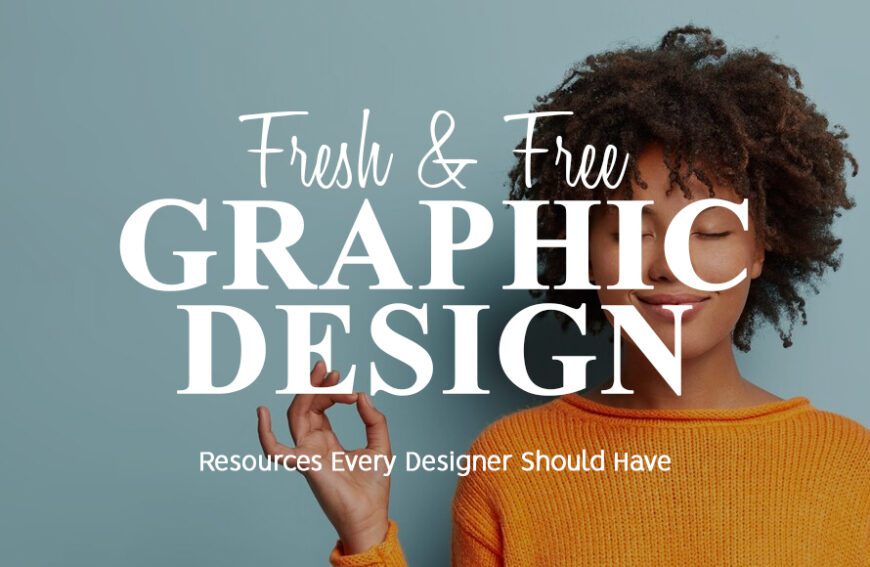
Final Thoughts on Utilizing Free Graphic Design Resources
In conclusion, the top 10 websites for downloading free graphic design assets have opened a world of possibilities for designers at every level. These platforms not only supply essential materials but also foster creativity by enabling designers to experiment with different styles and formats without the burden of costs. Embracing these resources can lead to improved workflows, enhanced designs, and ultimately more successful projects. Designers who take advantage of these free offerings can refine their skills, expand their portfolios, and engage with a broader range of visual concepts.
However, it remains crucial for designers to be vigilant about the licensing terms that govern the use of these free resources. By doing so, they can ensure compliance while reaping the benefits offered by sites like Freepik, Unsplash, and FontSquirrel. Remember to always:
– Verify the license of each asset.
– Provide attribution when required by the sources.
– Keep an eye on quality standards to maintain a professional level in all projects.
By adhering to these guidelines, designers can maximize their use of free graphic design resources effectively.
Unlocking Creativity and Professional Development
The accessibility and variety of free graphic design resources significantly contribute to the professional development of designers. By utilizing free elements from sites like Vecteezy and Canva, designers can deliver high-quality outcomes that showcase their talent and creativity. Moreover, the ability to access premium resources without the financial barrier encourages experimentation and innovation, which is essential in a rapidly evolving design landscape. This culture of sharing and collaboration not only benefits individual designers but also enriches the entire creative community.
Additionally, leveraging these free assets allows designers to hone their skills, as they are exposed to a range of styles and best practices from both peers and established professionals. To make the most of these opportunities, designers should:
– Regularly explore different sites to discover new styles and tools.
– Integrate free assets into personal projects to practice and develop their unique design identity.
– Engage with design communities to share experiences and learn from others.
In doing so, designers can ensure they remain competitive and relevant in today’s design environment.

